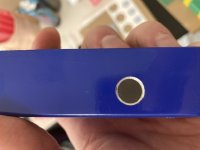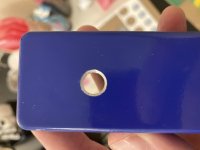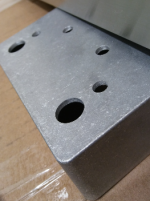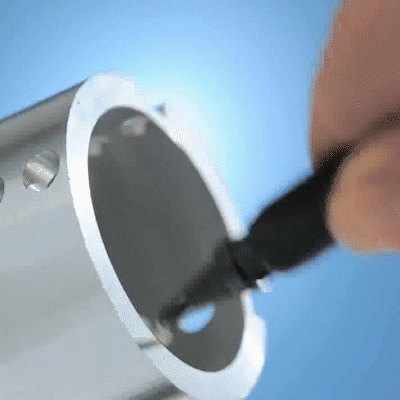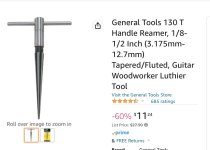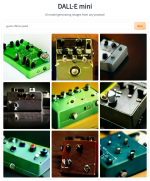jwyles90
Well-known member
Hey y’all! So I’ve been drilling my own enclosures for a while now and was curious about other people’s experiences with how clean they get their drillings. I’ve been using a hand drill with a stepped bit, drilling a pilot hole first after center punching, all that jazz. Overall they turn out pretty solid, but I’ve noticed that the holes sometimes have these little edges around the rim that cave inward a bit.
Has anyone else dealt with this before, and if so have you been able to figure out a way to get the holes a little more clean and flush with the enclosure? Overall it’s not a huge deal, but can make putting on water slides or pour painting a little more tricky since the edge will start to pull stuff towards it.


Has anyone else dealt with this before, and if so have you been able to figure out a way to get the holes a little more clean and flush with the enclosure? Overall it’s not a huge deal, but can make putting on water slides or pour painting a little more tricky since the edge will start to pull stuff towards it.
